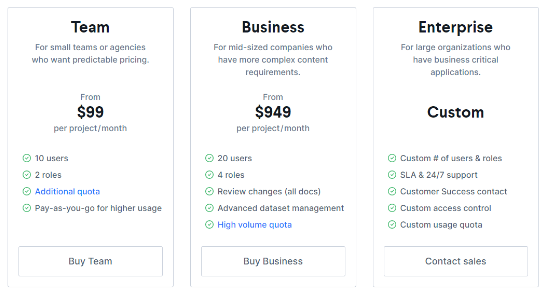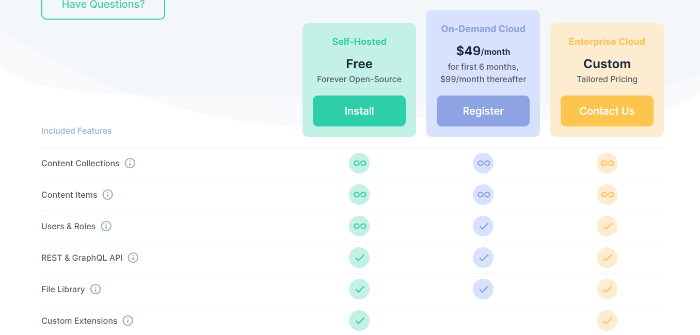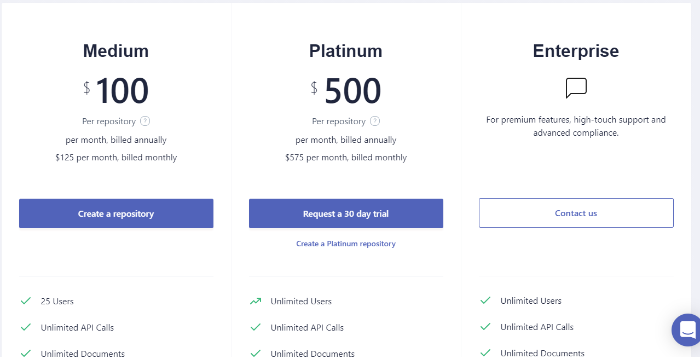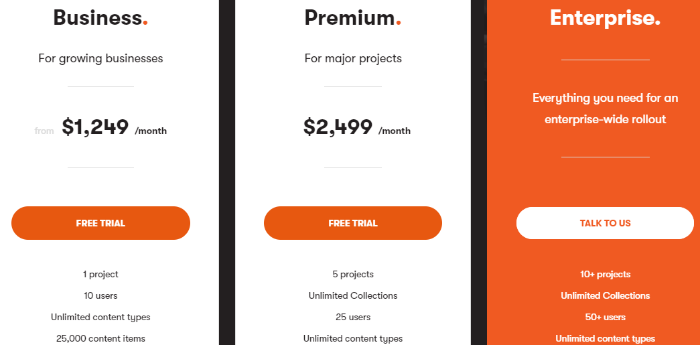What is Headless CMS?
Let's understand the concept of a headless CMS in reference to traditional CMS. Traditional CMS like WordPress and WIX are tightly coupled together in one arrangement. Website, CMS, Database, and other technologies, SaaS features everything is placed in a monolithic architecture. Monolithic, by definition, means all in one place. Monolithic architecture is said in the web world when components of digital applications are tightly placed together and connected with one another.
Traditional CMS uses pre-built themes, plugins, and add-ons to design the pages and achieving the desired functionality. Traditional CMSs are in place for quite a long time now.
Headless CMS is a de-coupled type CMS and follows a content-first approach. Content is placed on the cloud separate from the output. It is fetched from the cloud and delivered to any device at any time. Headless CMS follows microservers architecture. As monolithic means putting everything in one place, the microserver approach means breaking a large unit of components into smaller independent ones. Traditional CMS setup is broken into two sets of components; frontend and backend.
Headless CMS is the most recent type of CMS that got popular because of its ease and quickness.
When is Headless CMS Useful?
In Headless CMS, you need to author the content only once, place it on the cloud and share it to any device or touchpoint at any time from the cloud. Headless CMS is useful when you want to distribute the content on multiple device types and other outputs such as websites, apps, kiosks, signages, digital bulletin boards, among others. It is done using well-defined APIs that every Headless CMS has.
As content is stored separately on the cloud and can be reused for different display options, the speed of the website/app or other fronts stays fast.
Websites and apps that want to be associated with Headless CMS must use JavaScript frameworks such as React, VueJS, or Angular JS.
Headless CMS is extremely useful for mobile developers because they can display the content on iOS and Android devices from the same backend using the API. Multi-device showcasing complexity is easily resolved with Headless CMS.
When is Headless CMS Useless?
Setting up the system of headless CMS where one content source is used to display content on multiple outputs is technically demanding. You need experts in the field to accomplish and maintain the feat every time you want to add a new touchpoint/device/output. In traditional CMS, you can work to some extent using the drag and drop no-code option just like you have in WordPress. But in Headless CMS, you have to work through building your own structure and template. So, if you can't afford technically proficient employees to do the job, leave the headless CMS road. A traditional CMS would be a better choice in that case.
Headless CMS doesn't have the presentation feature, which means you cannot view the content or have the previews to see how it will look like for the end-user. The developers have to work to make it look perfect on the desirable screen. That requires work for every device, but not seeing or previewing that content holds them back a bit. Suppose you still want to use a Headless CMS and preview the content. In that case, you go with a hybrid solution where you can author the content only once for multiple displays and view or preview it having a presentation layer from the traditional CMS system.
Ask yourself this – How many channels you actually use? If you use only a website or app or just a website, then going Headless CMS way will be an expensive expedition. You need a good budget and workforce that is technically strong to create and maintain your one content source and multiple-output strategy. Once you scale up your business, increase your budget for technology, hire a technically proficient team, and then it is viable to use Headless CMS.
If you run a small business and one website does the job for you, and your small team manages it well on WordPress or HubSpot, there is no need to go the Headless CMS way.
How Much Do Headless CMSs Cost?
Headless CMS providers focus on eliminating the cons of the platform as much as they can so that users can enjoy working on them as they do on a traditional CMS. Here are the pricing plans of some of the leading Headless CMS providers.
Sanity
Sanity does have a free plan as well for three users. But if you are an agency working on multiple Headless CMS projects, you need complete control of the tool and more users. So, a Business or Enterprise plan would suffice your needs.

Directus
Directus offers three pricing plans; the self-hosted free plan, on-demand cloud plan, and enterprise cloud custom plan varied on the features the platform offers.

Prismic

Kontent

Looking at the pricing of these four Headless CMS providers, you can calculate that it is around $1200 per year. Content is way expensive than the others. It is ten times costly. Add the development team's salary to that, and you can get an estimate of how much it would cost you yearly.
Why Would Someone Adapt Headless CMS vs. Traditional CMS?
To answer the question, let's see the pros a Headless CMS has over traditional CMS, and then you decide whether it will be a good option for you or not.
In a Headless CMS, the web developers can complete a project faster because they use and reuse the same content. They also have the flexibility to pick the programming language and the freedom to develop the frontend their own way.
There is less to no downtime during maintenance or upgrade in Headless CMS because the frontend and the backend are kept separately.
It may require development work to display the content on respective fronts, but this also means there won't be any compatibility issues. If in the future, a new output or front is there where you want to showcase the content, developers can do that by making the already existing content compatible with the new device. Headless CMS is future-proof.
The cost may be added in building a highly proficient team, but you save time and money in accomplishing things in Headless CMS because it is quicker to create new functionality in Headless CMS.
The learning curve in Headless CMS is not much. It is still considered the newest addition to the CMS family, but many agencies are already using it with proficiency.
Traditional CMSs are too rigid for some projects because modern-day technology gives developers and businesses many options they can play and experiment with. Traditional CMSs don't allow that flexibility. Headless CMS, on the other hand, opens up an ocean of opportunities for them.



